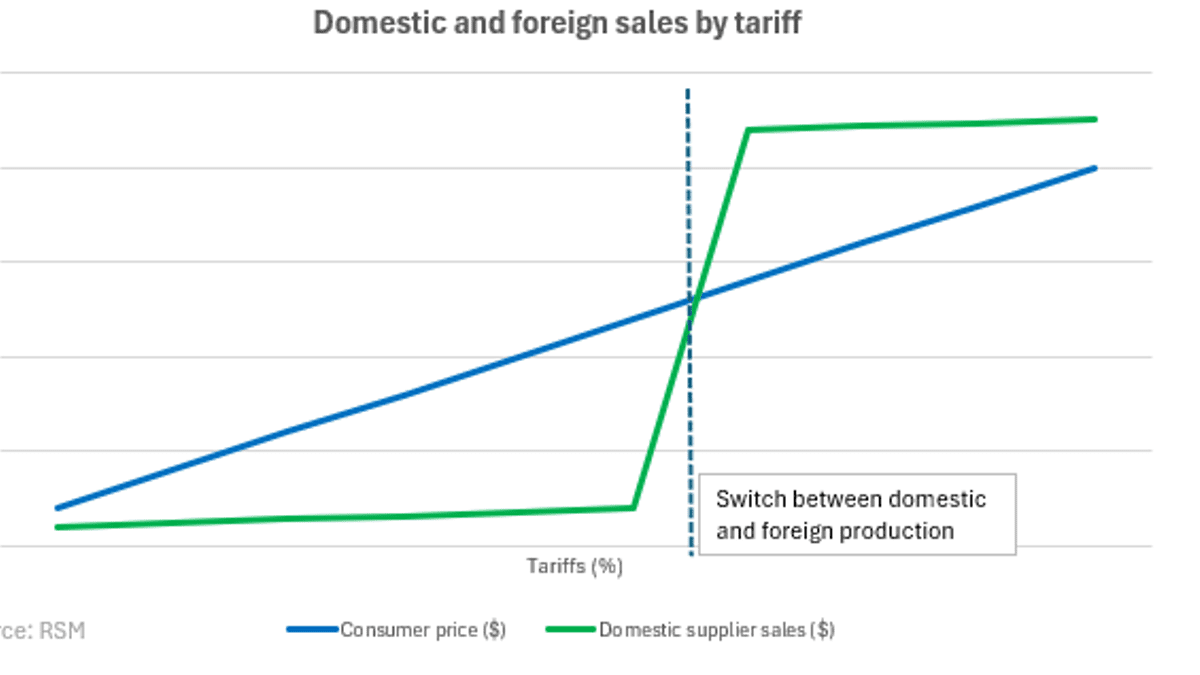
It has been 25 years since accounting standards changed the way nonprofit entities (NFPs) present their financial statements. The FASB has rolled out an update with new financial reporting requirements applying to all nonprofits effective for years ending December 31, 2018. These changes will both reduce confusion surrounding net asset restrictions and create transparency about the liquidity of nonprofits through more robust disclosures.
The FASB’s intent of the new reporting requirements is to accommodate users of nonprofit financial statements who are seeking better financial information in making decisions to lending, donating, or granting resources to an nonprofit. That said, the new provisions are not an overhaul to the existing model, but rather they are more of an update to improve clarity and create transparency within the financial statements.
Overview of the Key Provisions:
- Net Asset Classifications and Disclosures: There will be two net asset classes, rather than the currently required three classes. That is, a nonprofit will report amounts for net assets without donor restrictions and net assets with donor restrictions. The current structure of three net asset classes of unrestricted net assets, temporarily restricted net assets and permanently restricted net assets will be eliminated.
- Liquidity Disclosures: Nonprofits will be required to disclose both qualitative and quantitative information that communicates how the nonprofit manages its liquid resources available to meet cash needs for general expenditures within one year of the balance sheet date. Additionally, nonprofits will need to disclose various aspects of their liquidity that will require nonprofit management to evaluate all financial assets (cash, accounts receivable, investments, etc.), and carve out amounts available to fund operating/program expenditures in the upcoming year. Nonprofits will also be required to disclose any existing sources of funding.
- Expense Reporting: All nonprofits will be required to report information about the natural and functional classification of expenses in one location (on the face of the statement of activities, the notes to the financial statements, or a separate financial statement called a statement of functional expenses).
- Investment Returns: Investment returns will be reported net of external and direct internal investment expenses, and the disclosure of those netted expenses is no longer required.
- Statement of Cash Flows: Use of either the direct or indirect method in presenting the statement of cash flows will continue to be permitted. There are no changes if a nonprofit is using the indirect method. If using the direct method, however, the update removes a nonprofit’s requirement to present or disclose the indirect method reconciliation.
Implementing the Change:
The desired outcome is for nonprofit’s financial statements to better “tell their financial story.” With an effective date of December 31, 2018, it is important for nonprofit management to begin analyzing information and drafting disclosures to meet these requirements now. Our Non Profit team can assist you through more focused discussions as to how you can prepare for these changes well before year end. Contact us now to get a jump on this!





